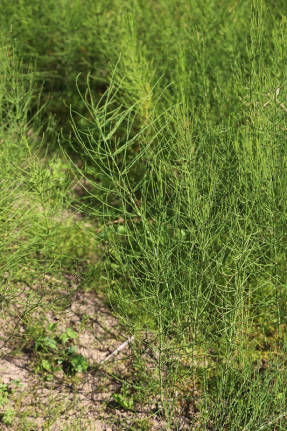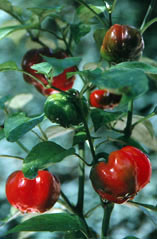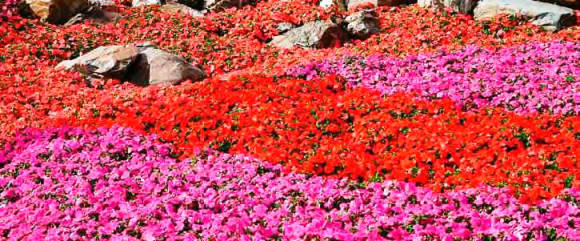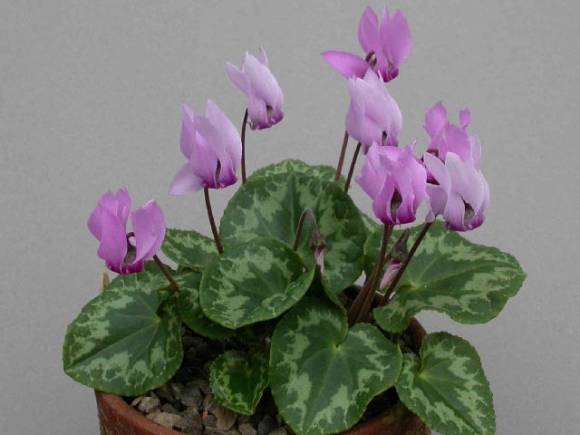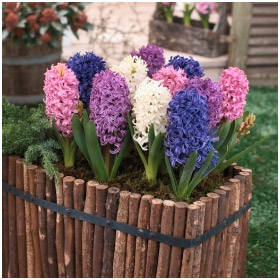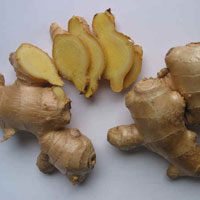Asplenium, or Kostenets(Asplenium) - an extensive genus of ferns in the Kostentsovy family (Aspleniaceae), including 459 species and natural interspecific hybrids distributed throughout the world in regions with tropical, subtropical and temperate climates.
Some botanists consider this genus as the only one in the Kostentsovy family. Close childbirth - Leaflet (Phyllitis), Krivokuchnik (Camptosorus), Squeegee (Ceterach) and Tarakhia (Tarachia) - easily hybridize with the species of Kostenets, which may serve as a reason for their unification into the broader concept of Asplenium. Perhaps, the phylogenetic studies carried out recently will help to more accurately determine the classification of these ferns.

Botanical name of the genus Asplenium comes from Greek asplenonwhich means "spleen". In the Middle Ages, the healing effect on this organ was attributed to the fern.
Aspleniums are herbaceous perennial plants with short erect or creeping rhizomes covered with dark hairs, from which feathery, forked or whole leathery leaves extend, sometimes reaching 2 m in length, forming a bowl, giving the fern a resemblance to a bird's nest. This form of the plant serves to collect fallen leaves and other organic residues, which, once inside the funnel, rot there and provide food for the fern, which allows an epiphytic lifestyle cut off from the ground on trees. They can also be found in rock crevices and on the ground. On the underside of the leaf blades along the lateral veins, there are oblong sori, covered from above with a membranous linear induction (veil), which opens along one edge.
Like all ferns, aspleniums pass through two stages in their life cycle - gametophyte and sporophyte. From the sown spores, small outgrowths grow - gametophytes, on which sex cells (gametes) are formed. Having merged in the aquatic environment and forming a zygote, they give rise to a sporophyte, a plant with large leaves, on which spores mature over time.
Some species form brood buds on the leaves, giving rise to daughter plants, thereby multiplying in a vegetative way, cloning themselves.
Decorative and unpretentious aspleniums are widely and universally cultivated. In Russia, in the wild there are 11 types of medium-sized kostinets, which grow mainly in rocky cracks, some of them (Kostenets hair-like, K. green, K. wall, etc.) are used in gardening for landscaping retaining walls, in rocky gardens and on alpine roller coaster. More thermophilic species are grown as houseplants.
 |  |
Asplenium nesting (Asplenium nidus) - the most famous and widely cultivated in our country as a pot plant. Native to tropical Southeast Asia, Eastern Australia, Hawaii, Polynesia, India, and East Africa.
Epiphytic fern, usually found on palms, less often it can be found on the ground. From a short rhizome, covered with brown scales, light green, often slightly corrugated, whole, leathery, banana-like leaves, up to 50-150 cm long and 10-20 cm wide, extend radially upwards. On the underside, from the middle vein to the edges by a third of the leaf width, there are dark narrow sporangia, which are a characteristic feature of this genus. The rosette of leaves forms a large funnel that collects moisture and various organic debris. This rotting mass is permeated with adventitious roots that absorb the nutrients necessary for the fern, which is so necessary when living on trees.
Used in folk medicine to treat asthma, ulcers, weakness, and halitosis. In Taiwan, young ferns are eaten.
In culture, there are many decorative forms with varying degrees of waviness and irregularity of leaf blades, there are variegated varieties.

Asplenium South Asian(Asplenium australasicum)... Populations of this fern have been found in eastern Australia.According to the modern classification, it is not a separate species, but is recognized as a synonym for the breeding asplenium. Molecular study carried out in various populations Asplenium australasicum and Asplenium nidus showed that both of these species are polyphyletic - some populations within one species were more closely related to other species than to each other, which gives rise to a closer study of them.
The southern asplenium forms a rosette of light green leaves up to 80 cm long and about 20 cm wide.
Asplenium ancient (Asplenium antiquum) grows in the subtropical climate of East Asia, China, Japan, Korea and Taiwan. Prefers to settle in shady places on rocks and tree trunks.
Leaves are whole, bright green, corrugated, up to 60-90 cm long, with curving and pointed tips, narrower and more uniform in width than that of nesting asplenium.
Grown as a garden plant in countries with a subtropical climate, we have as a pot plant, there are several very decorative cultivars.
 |  |
Asplenium bulbiferous (Asplenium bulbiferum) native to New Zealand, grows in bush, shade or in diffused sunlight.
Leaves on straight, up to 30 cm, dark petioles, light green, leathery, triple pinnate, oblong-triangular, up to 60 cm long and 30 cm wide, hanging. On the upper side of the leaves, brood buds are formed, from which daughter plants grow, and when they reach about 5 cm, these offspring separate and germinate. This vegetative breeding method provides an additional advantage in the survival of the species.
Due to its beautiful openwork foliage and shade tolerance, this fern is widely grown as a houseplant. But, as shown by DNA analysis, many cultivars are hybrids obtained by crossing Asplenium bulbiferum and A. dimorphum and it is more correct to call them Asplenium × lucrosum ... Their spores do not germinate, but the plants reproduce easily with the help of children.
Asplenium viviparous (Asplenium viviparum) originally from about. Madagascar and the Mascarene Islands. Leaves on short petioles arcuate, dark green and leathery, 40-60 cm long and 15-20 cm wide, 2-4-pinnate, with narrow to filiform segments. Brood buds are formed on the upper side of the leaves, giving rise to new plants.

Asplenium ordinary (Aspleniumscolopendrium), also known as centipede leaflet (Phyllitis scolopendrium), widespread in Europe. In North America, it is rare, in the form of separate populations that have received the status of a variety - A. scolopendrium var.americanum... Outwardly, European and American ferns are very similar, but differ in the number of chromosomes: European ones are diploids, and American ones are tetraploids. The American variety is harder to cultivate and has been supplanted even in America by the European form.
The species was previously attributed to the genus Listovik. (Phyllitis), but since it hybridizes well with other species of the genus Asplenium, it was moved to the Aspleniums. However, on the other hand, recent phylogenetic studies have shown that the relationship with other Aspleniums is not so close.
The fronds are large, 10-60 cm long and 3-6 cm wide, solid, glossy, bright green, resembling a deer tongue in shape (for which he received such a nickname), rise up from the rhizome. The edges of the leaves are wavy, from the lower side on the leaf blades, linear sori of various lengths are located perpendicular to the central vein, forming pairs, outwardly resembling the legs of a scolopendra.
Numerous cultivars have been bred with various forms of wai - from corrugated whole ones to dissected and crested leaf blades.
 |  |
About varieties and cultivation of aspleniums - in the article Asplenium, or kostenets: varieties, cultivation.
